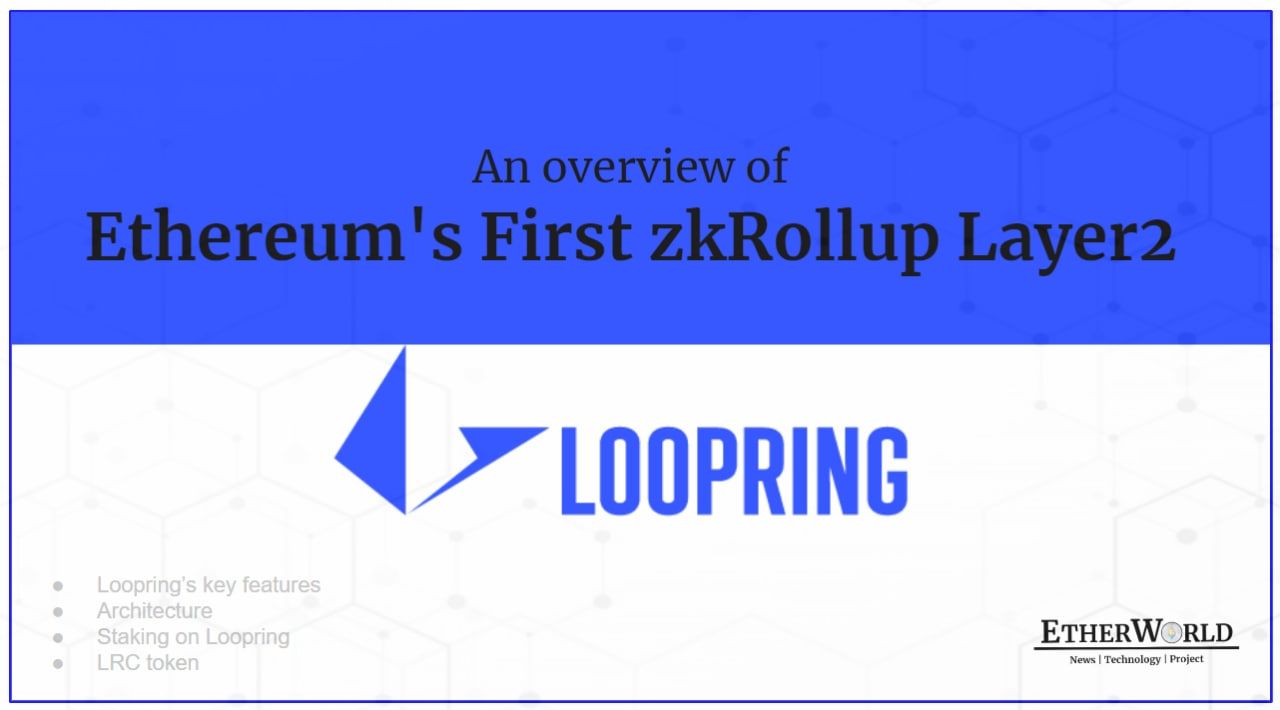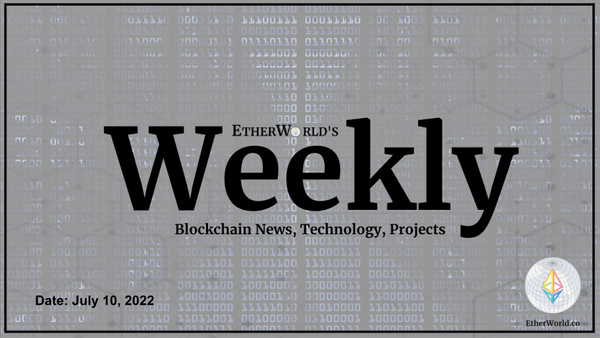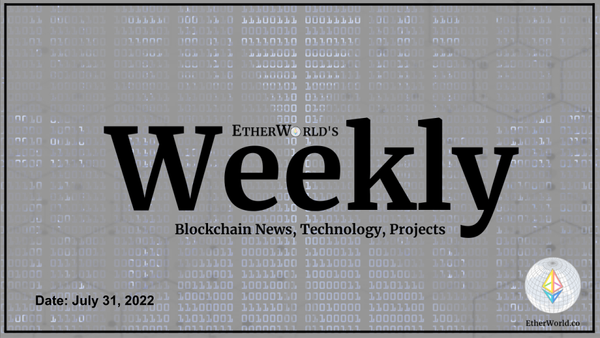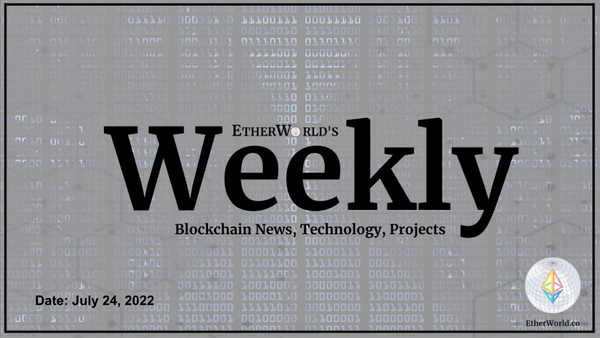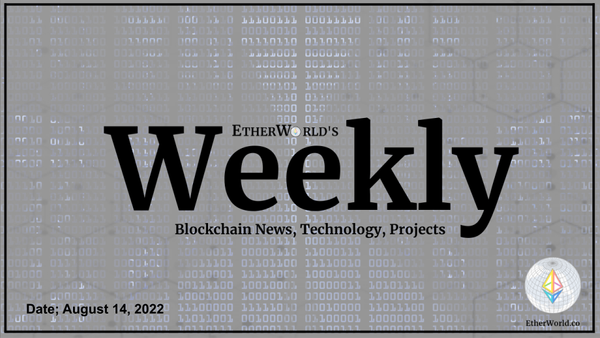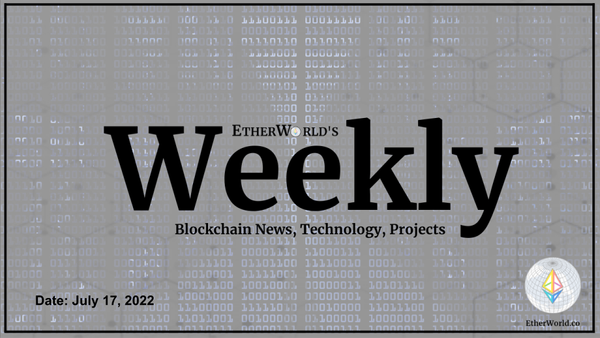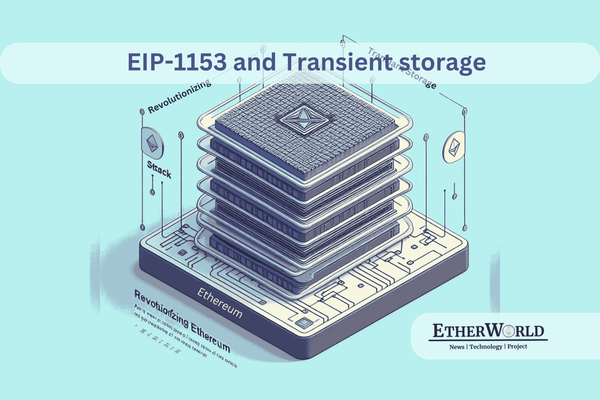TL;DR
- About Loopring Protocol
- Key features
- Loopring's Architecture
- Staking on Loopring
- Loopring’s Token - LRC
- Loopring’s Wallet - Hebao
About Loopring Protocol
Loopring is not a platform or a product, it is a set of rules, data standards encoded into smart contract. This smart contract is then deployed on top of the public blockchain.
Layer 2 describes a set of Ethereum Scaling solutions and has a separate blockchain that extends from Ethereum and inherits the security property of Ethereum.
Zero-knowledge rollups or ZK-Rollups is a Layer 2 scaling solution that allows blockchains to validate transactions faster while also ensuring that gas fees remain minimal. Zk-rollups manage to perform better than the usual Layer 1 blockchains like Ethereum because they combine on and off-chain processes. ZK-Rollups are also able to bundle hundreds of transfers into a single transaction.
Rollups execute transactions outside of the main Ethereum chain, i.e, layer 1 but submit transaction data to it.
To know more about Layer 2 Scaling solutions and Rollups have a follow up here.
Key features
Loopring was started to provide high security, high throughput and lower cost trading on the ethereum system.
- Loopring can execute up to 2025 to over 16000 transactions per second while guaranteeing the same security as the Ethereum blockchain.
- Loopring seeks to make trading assets and making payments on Ethereum faster and cheaper, without sacrificing security.This was made possible through ZK rollups.
- The protocol also allows for the quick and easy creation for low cost, high efficiency and order book based decentralized exchanges (DEX)
DEX are blockchain based apps that coordinate large scale trading of crypto-assets within users.
Loopring's Architecture
In the Loopring protocol/architecture, users would first send their funds to a smart contract managed by the Loopring protocol called as the deposit contract. The deposit contract is responsible for stroring user funds and contains the logic to transfer those funds to and from decentralized exchanges (DEX). When running the process on layer 2 all the requirements are super cheap.
Then all the transactions that happen on the layer 2 network are sent back to the main Ethereum network through loopring smart contract.

Here the API is just used for sending and receiving funds from one user to another. The whole L2 network is then sent to the Ethereum Mainnet through the Loopring Smart Contract.
Loopring combines few element from both centralized and decentralized exchanges to create a protocol with a set of advantages that removes efficiencies. It offers DEX, which holds user’s funds in custody and process the trades internally, helps buy and sell orders that connect directly with each other and settles them on the public blockchain.
Staking on Loopring
Staking is a process that involves commiting your crypto assets to support a blockchain network and to confirm transactions. It is also a way of earning passive income or rewards for holding a certain cryptocurrency.
LRC is an ERC-20 token used for staking on the Loopring protocol. There are three types of sraking in loopring
- Run a DEX on loopring
You will have to stake atleast 250,000 LRC with onchain data availability. Without on chain 1,000,000 LRC. Stake is only withdrawable when the exchange is shut down returning funds safely to the users. - Lower protocol fees on a DEX
Open to dex providers market traders. Open to anyone who is ready to stake 3,500,000 LRC. - To get a cut in the trading fees in the entire Loopring protocol
Anyone can participate in this staking and token need to be staked for atleast 90 days before you can clain yor staking rewards. The cut of the trading fees received by the stakers is 70 %, 20 % for Loopring DAO and 10% of the trading fees are burnt.
Loopring’s Token - LRC
LRC, which is Loopring's ERC-20 based native token, was made public in an initial coin offering (ICO) in August 2017. It raised around $45 million dollars in Ethereum tokens.
LRC is important to achieve key operations in the protocol and also incentivizes the protocol. If exchanges in the protocol are done poorly, i.e, if the transaction seems to be sketchy, the operator's deposits are confiscated and distributed to the users who lock up their LRC.
LRC tokens can be used for transaction fees as well as staking.
LRC is used to pay fees on L2 ZK-Rollups while maintaining the security of the blockchain. LRC powers Loopring's DEX which was launched in February 2020. When using the DEX, you have to pay in LRC each time you process a trade. Precisely 80% of the money goes to liquidity providers, and the remainder is split between insurers and Loopring’s decentralized autonomous organization (DAO).
LRC was listed in Coinbase Pro on 14th September, 2020.
Loopring’s Wallet - Hebao
"Hebao", which means purse in Chinese, is Loopring's own wallet. It is a mobile Ethereum smart contract wallet, with tight integration with the Loopring Protocol, zkRollup layer-2, baked in natively. The wallet allows users to trade on the same orderbooks that are present on Loopring Exchange. Trade at a click, no delays, no gas.
To know more about Loopring visit https://loopring.io/#/
Similar Reads
- Akula Ethereum Implementation
- Sepolia Testnet Merge
- Uniswap acquires Genie - NFT marketplace aggregator
- Ethereum Gray Glacier Upgrade
- Gitcoin with $3Million+ in matching funds
- Polygon’s KYC Regulations and Blockchain Adoption in India
Cover images by Vishal T
Good videos to have a look at
Disclaimer: The information contained on this web page is for education purposes only. Readers are suggested to conduct their own research, review, analyze and verify the content before relying on them.
To publish press releases, project updates and guest posts with us, please email at contact@etherworld.co.
Subscribe to EtherWorld YouTube channel for ELI5 content.
Support us at Gitcoin
You've something to share with the blockchain community, join us on Discord!


